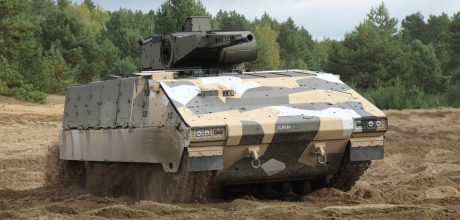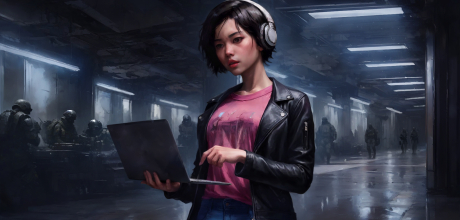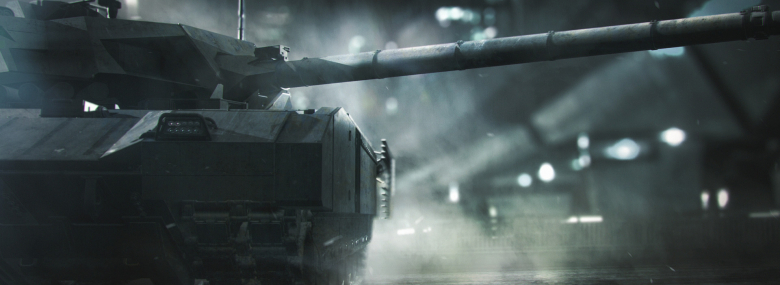
Commanders!
As the “Eclipse” Battle Path slowly enters its final month, we’d like to start telling you more about the next Battle Path we have in store for you – this one will be called “Exile” and the first vehicle that will appear as a prize (not the top prize, mind you) will be the long-awaited Puma Tier 10 Premium AFV.
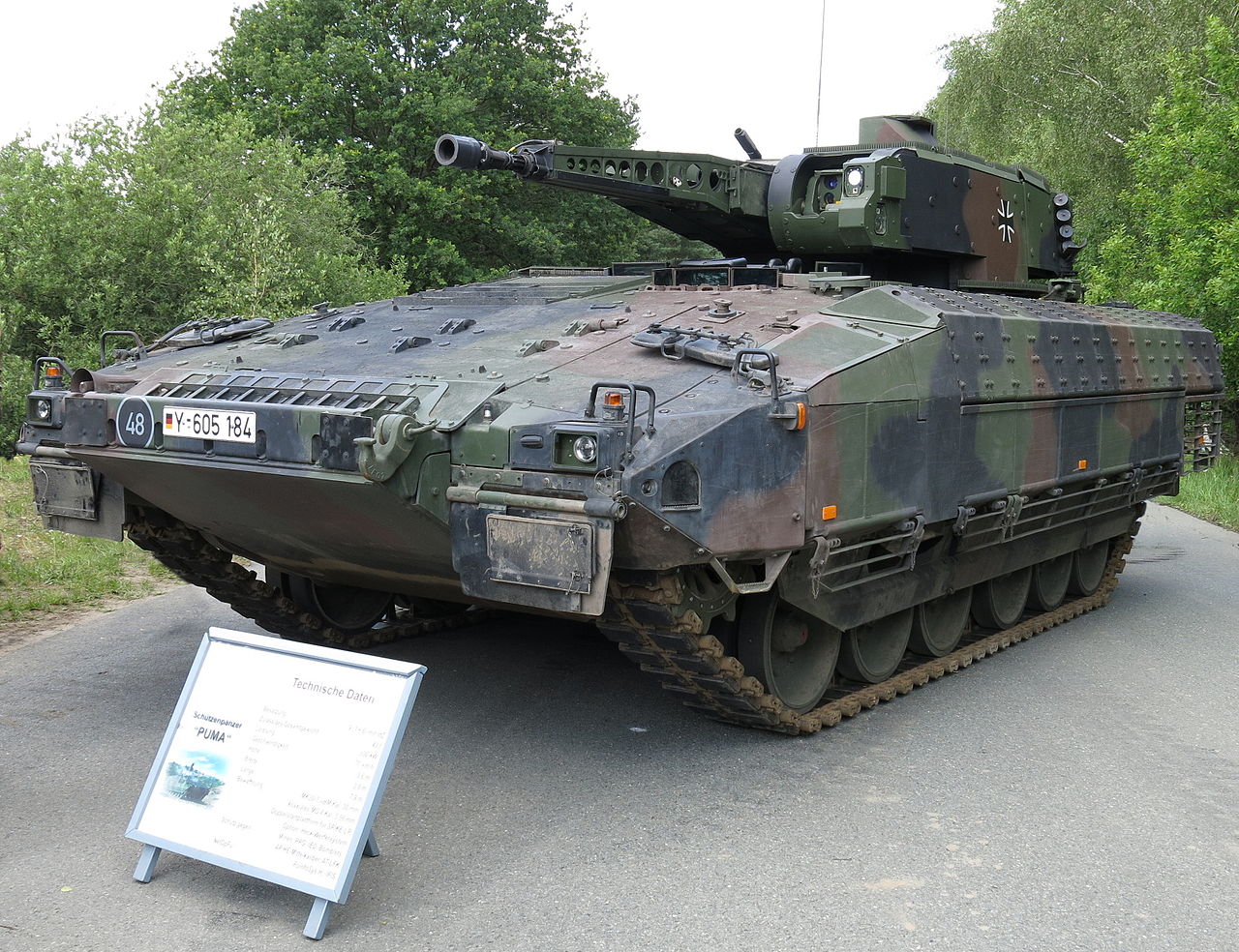
Schützenpanzer Puma
As usual, a little history first. The Puma is the current most modern Infantry Fighting Vehicle of Germany’s military, the Bundeswehr. In a way, its history started where the Marder 2 left off.
After the unification of both Germanys and the enormous expenses that came with it along with the collapse of the Soviet Union and its threat to Europe, the Bundeswehr of the 1990s found itself without modern equipment. By then, Russia was just a shadow of its former power and its conversion to open market capitalism was seen as a far likelier option to its re-militarization. That was why most German military projects were either cancelled altogether or moved forward at a glacial pace.
Despite these circumstances, there was some progress and by the mid-1990s, Germany recognized once again the obsolescence of its hundreds of Marder IFVs. The Puma project started as an off-shoot of an older NGP unified platform project which (as these multi-vehicle platform plans often tend to) ended unsuccessfully in 2001. Both projects ran in parallel for a while since the “Neuer Schützenpanzer” one (the Puma one) was launched in 1998 (originally under the codenames Panther and Igel – Hedgehog in German).
The original specs called for a heavy IFV with excellent crew protection with less emphasis put on the vehicle’s weight – after all, it was intended for Europe, not to be flown around the world. The September 11 attacks changed that and a weight cap of 32 tons was added to the requirements along with the vehicle being possible to transport via an Airbus A400M plane. In other words, size restrictions were imposed on it as well. After a bit of flip-flopping from the government side (including the considerations of buying a fleet of CV90s), the development (including the new requirements) took off in earnest roughly around 2002 with a contract between the government, Rheinmetall and KWM, which called for a delivery of a demonstrator in 2005 and pre-series vehicles in 2006.
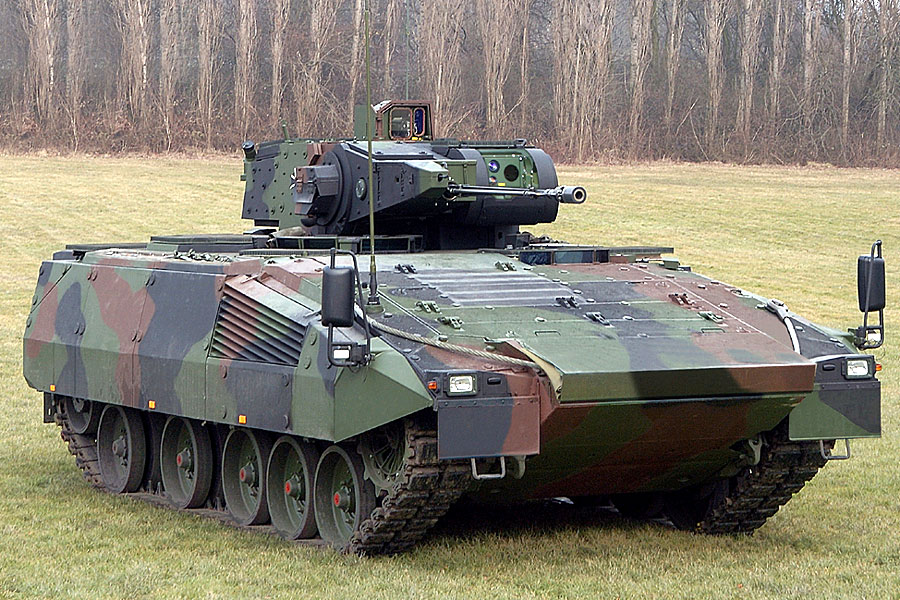
Puma demonstrator, 2003
The original amount the contract was working with was 405 vehicles in total, not enough to completely replace the Marders but enough to relegate them to secondary roles.
By 2006, the pre-production vehicles were indeed delivered and the testing began. It uncovered some rather serious issues with drivetrain, which led to delays in signing of the production contract as well as some rather serious concerns from the government. The objections were, however, overruled and the 405-vehicle contract (worth 3.1 billion EUR) was confirmed in 2009.
By 2012, more issues arose as the price of the program kept rising. During the parliamentary discussion of the topic, it was revealed that the projected costs were actually double of the original amount (5.99 billion EUR). The same year, the contract was reduced to 350 vehicles.
In the meanwhile, the early 10 production Pumas were undergoing a series of trials, which revealed new teething issues. It took some time for them to be fixed but by 2015, the vehicle was ready to be accepted for service with the Panzergrenadier (Mechanized Infantry) units. The production continued at a somewhat steady pace and by 2019, a new production run of 210 vehicles was announced. In December 2022, the Bundeswehr had roughly 350 operational Pumas.
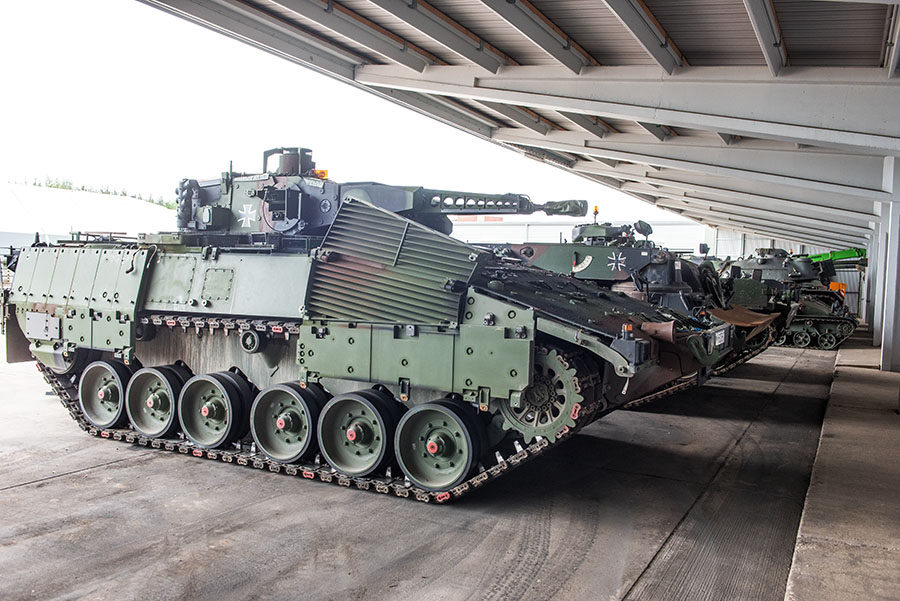
Puma, Level A configuration
But it wasn’t all sunshine and roses – not by a longshot. In short, Pumas had – and still have – issues. Reliability problems were cited as the most common, reaching the point where the Bundeswehr announced on March 18, 2021 that a large chunk of Pumas was not operational, affecting even the elite of the NATO – the VJTF (Very High Readiness Joint Task Force). It seems that these problems were known for quite a while and only got out to the public when the situation became critical.
Another problem was that the Puma was – and is – expensive. Really expensive. It’s one of the most expensive IFVs out there, which did not help the attempts to export it in the slightest. So far, the Bundeswehr is the only military using the Puma – but not for the lack of trying. The Puma was marketed without success to the following countries:
- Australia (retired from the Land 400 contest that was later won by the Redback)
- Canada (acquisition cancelled)
- Chile (allegedly way too expensive for South America)
- Croatia (lost to the American M2A2 ODS)
- Czech Republic (fared poorly in testing, lost to the CV90)
- Hungary (lost to the Lynx)
In the meanwhile, during a December 2022 exercise, all of the 18 Pumas involved broke down (mostly due to electronics issues), an embarrassing result by any standard. The abovementioned issues led to a temporary pause on the German contract of 210 vehicles, which was subsequently reduced in May 2023 to 50 Pumas delivered between 2025 and 2027. As of now, there aren’t enough operational Pumas to meet Bundeswehr’s requirements and the relatively obsolete Marder continues to serve.
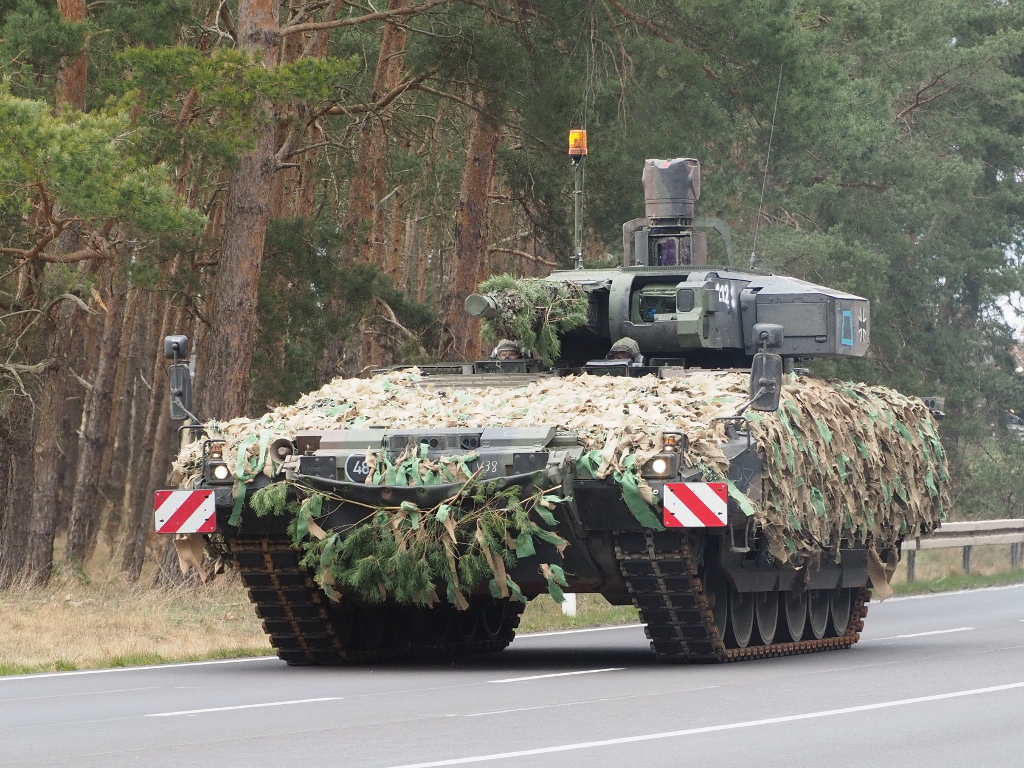
Schützenpanzer Puma
Despite all these setbacks, the Puma is a cutting-edge vehicle using the latest IFV trends to protect its crew. It has a crew of three and can carry six men. The whole crew sits in a separate compartment and the turret is unmanned, offering very high protection even without the full armor kit that can be removed for air transportation – this is the Level A config. The Level C config is the full high-intensity battlefield kit featuring additional AMAP-B composite armor and AMAP-SC ERA kit. In case you are wondering, Level B was supposed to be something inbetween intended for railway transportation but since Level C meets the railway requirements as well, it was scrapped.
Level A (basic armor) offers protection from 14.5mm machinegun rounds only while Level C provides protection against 30mm autocannon rounds and heavy shaped charges both frontally and on the sides. The roof is also reinforced to withstand lighter mortar rounds and drone attacks. The Puma also offers significant protection from mine and IED blasts. And then there’s the MUSS soft-kill APS that launches smoke grenades when it detects an ATGM launch. In short, the Puma is one of the best-protected IFVs on the planet.
The firepower is also adequate with its unmanned turret armed with a 30mm autocannon and a launcher for two Spike-LR guided missiles. The autocannon can fire programmable ammunition as well as armor piercing one. The autocannon is belt-fed, providing the option of continuous fire. The fire control system is cutting edge of course, although the details aren’t publically available.
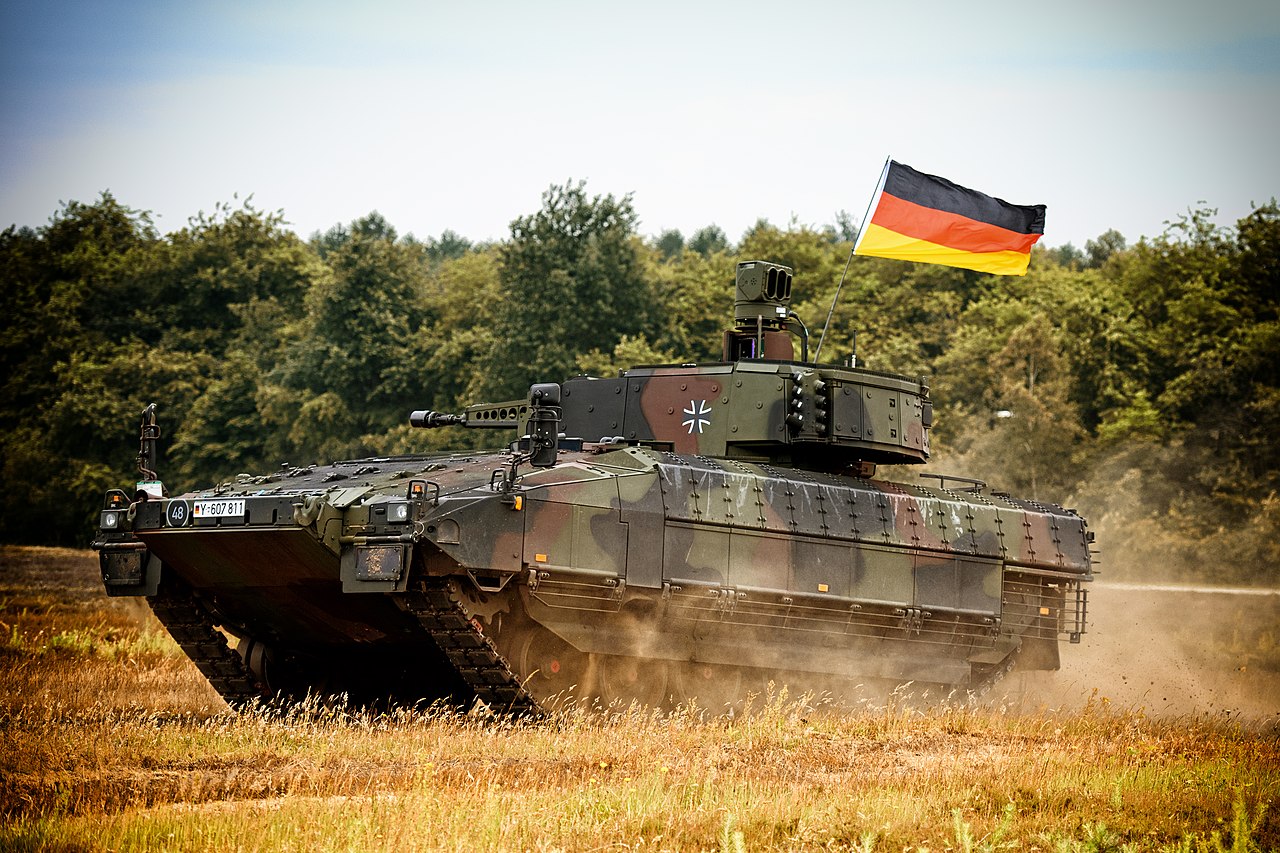
Schützenpanzer Puma
The vehicle offers good mobility thanks to its solid MTU V10 892 diesel producing 1088hp, more than enough even for the Level C configuration that weighs some 43 tons. Its maximum road speed is around 70 km/h. And last but not least, there are multiple situational awareness systems including a 360 degree camera system that allows the crew to see the surrounding environment.
In Armored Warfare, the Puma will be a Tier 10 Premium Armored Fighting Vehicle.
Gameplay-wise, we will tune the Puma to become a solid vehicle for our PvE. After all, new PvE challenges are on the horizon and a reliable, well-protected AFV with good sustained firepower will come in handy.
And that’s exactly what the Puma is – it won’t feature any special or situational features, it’ll just be a good, well-protected machine capable of laying down fire with its 30mm autocannon.
Protection-wise, we’ll be basing our Puma on the Level C configuration of course, which means powerful frontal and side composite armor and ERA (or NERA, this is something we’re still looking into). In other words, the frontal protection and the side protection will be the same, which is rather new for Armored Warfare. On the downside, it’s not like the armor will match that of an MBT. Resistance to 30mm shells is roughly what you can expect along with a rather tame soft-kill APS.
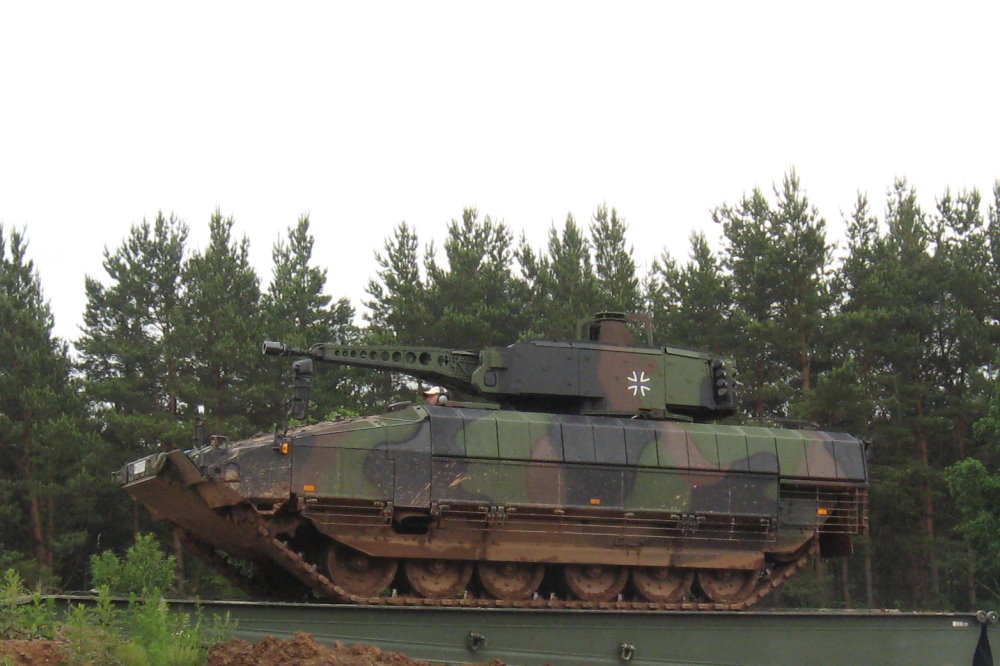
Schützenpanzer Puma
It’s worth noting we tried to model the famous Hedgehog armor (Igelpanzerung) on top but the model was just killing the game’s performance since it had too many polygons and a low polygon version looked terribly. In the end, we decided to model additional steel plates in its stead, so the in-game Puma will have the solid top protection you are likely expecting from it.
Another interesting topic is the weapons and the unmanned turret (which will of course take reduced damage). The Puma will be capable of continuous fire, making the Spike LR launchers more or less secondary. It’ll be a convenient vehicle to use (expect -15/+45 depression and elevation) with a reasonable rate of fire which we are still deciding on. One option is a high damage/low ROF combo, which would be the realistic choice since the Puma gun fires at roughly 200 rounds per minute. The other option is a low damage/high ROF combo (think 450-470 rounds per minute), which would be unrealistic but offer higher in-game consistency (since we wouldn’t need to introduce overbuffed 30mm shells).
What is decided, however, is that the Puma will not use magazines – the gun will overheat when fired continuously to regulate its damage per minute output (this is where the missiles come in handy) but the whole concept resembles more Marder 2 than, say, the Skyranger. The Spike ATGMs will be sufficient for Tier 10 as well – tandem HEAT with fire and forget option, two launch tubes with two seconds between launches followed by a longer reload.

The mobility will be average, as will the camouflage. The Puma will have excellent viewrange thanks to its advanced electronics – think 460 meters. And that’s about it, except one more potential trick up its sleeve.
For the release of the next Battle Path, we are developing a new infantry type and the Puma will have it too. We aren’t sure we’ll be able to make it for the release (in which case it’ll be added later) and we do not have a prototype to show you just yet, but we do hope you’ll like it.
All in all, there will be three level progression vehicles in the next Battle Path – the Tier 10 Puma (which is the middle prize), an earlier prize and the Tier 10 top prize. There will not be any overprogression levels in the Exile Battle Path and yes, the level prices will be tuned down again, which means you’ll be able to obtain the Puma fairly easily.
We hope that you’ll enjoy it and, as always:
See you on the battlefield!




